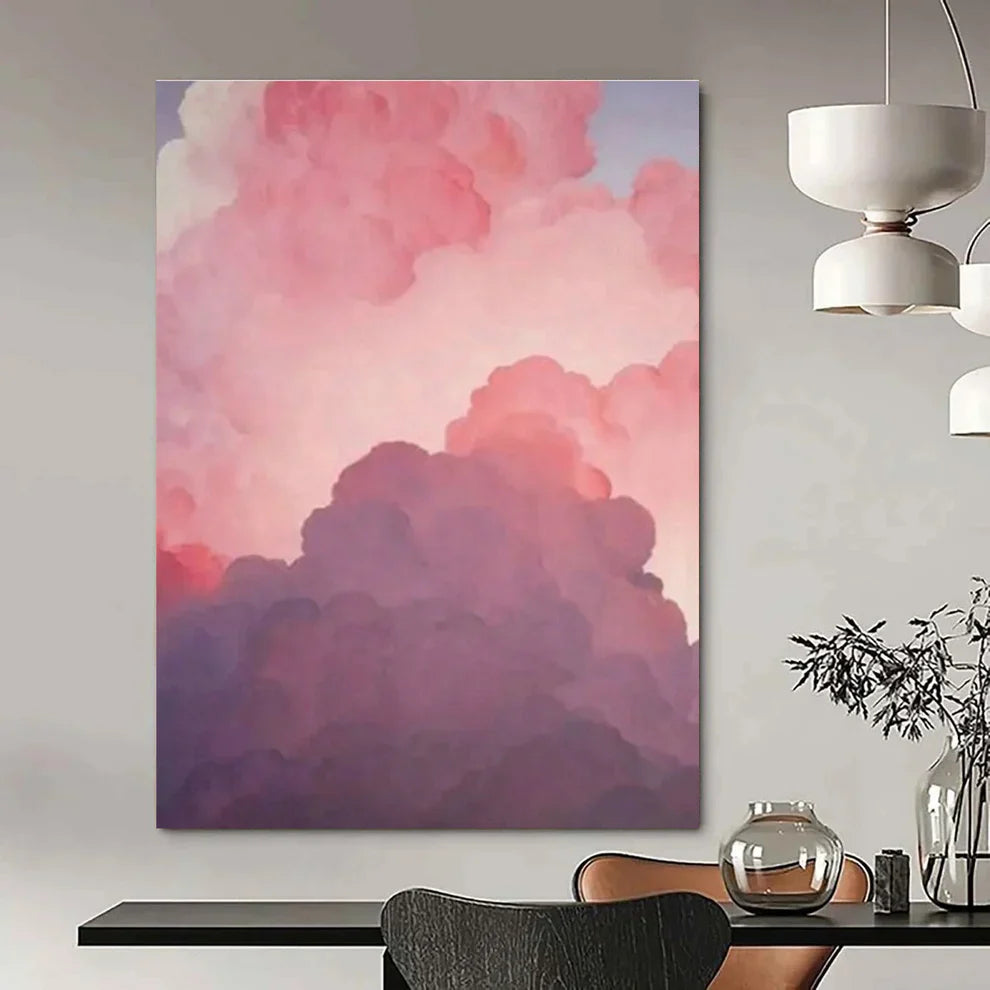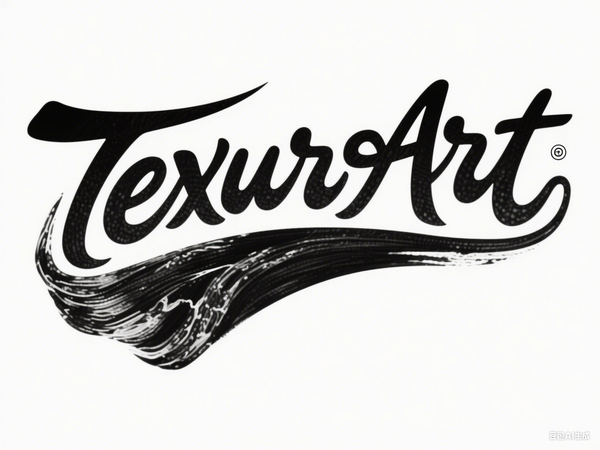
The Enchanting World of Pink Abstract Painting
Share
In the vibrant spectrum of modern art, few styles evoke as much emotion and intrigue as pink abstract painting. This genre, characterized by its soft yet bold hues of pink intertwined with non-representational forms, has captivated artists and collectors alike for decades. Pink, often associated with tenderness, romance, and femininity, takes on new dimensions when liberated from figurative constraints, allowing it to express deeper psychological and cultural narratives. Abstract art in general frees creators from the need to depict reality, focusing instead on color, shape, and texture to convey inner experiences. When pink dominates the palette, it infuses these works with a sense of whimsy, introspection, and sometimes subversion, challenging traditional perceptions of the color as merely delicate or ornamental.

The roots of abstract art trace back to the early twentieth century, when pioneers like Wassily Kandinsky and Kazimir Malevich began experimenting with non-objective compositions. Kandinsky, in particular, viewed color as a conduit for spiritual expression, believing that hues could resonate with the soul much like music. Pink, though less dominant in early abstraction, emerged more prominently in mid-century movements. During the post-World War II era, artists sought ways to process trauma and societal shifts through bold, emotive canvases. This period saw the rise of Abstract Expressionism, where figures such as Helen Frankenthaler and Mark Rothko explored color fields that enveloped viewers in atmospheric moods. Frankenthaler's soak-stain technique, for instance, allowed pigments to bleed into the canvas, creating ethereal layers that could incorporate soft pinks to suggest dawn skies or blushing horizons. Rothko's monumental rectangles, often edged in rosy tones, invited contemplation, using pink not as a literal element but as a symbol of human vulnerability and hope.
As abstraction evolved, pink gained symbolic weight, drawing from cultural associations explored in depth on pages like those detailing the color pink. Historically linked to innocence and playfulness in Western culture—think of the rosy cheeks in Renaissance portraits or the pastel fashions of the eighteenth century—pink in abstract works subverts these notions. In the hands of contemporary artists, it can represent empowerment, as seen in feminist art waves of the 1970s and beyond. Artists like Judy Chicago incorporated pink to reclaim femininity from patriarchal stereotypes, blending it with abstract forms to critique gender roles. Today, pink abstract painting continues this dialogue, often addressing themes of identity, emotion, and societal norms. The color's versatility allows it to shift from soothing pastels that evoke calm to vibrant magentas that pulse with energy, making it ideal for expressing the complexities of modern life.
Contemporary creators in the realm of contemporary art have embraced pink abstraction with innovative techniques. Take, for example, the minimalist approach where pink serves as a grounding force amid sparse compositions. Influenced by Minimalism, artists reduce forms to essentials, letting the color's subtle gradients speak volumes. A single sweep of blush pink across a white canvas might symbolize fleeting joy or quiet resilience. Digital tools have further expanded possibilities, allowing artists to layer virtual pinks with textures that mimic oil impasto or watercolor bleeds. In galleries worldwide, these pieces hang as statements of personal narrative, inviting viewers to project their own stories onto the canvas. The allure lies in ambiguity: one observer might see a blooming flower in dissolution, while another perceives the flush of emotion in a lover's gaze.

Beyond symbolism, the technical aspects of pink abstract painting reveal a masterful interplay of materials and methods. Artists often start with a base layer of gesso on canvas, building up with acrylics or oils for depth. Pink pigments, derived from sources like quinacridone or cadmium, offer a range of opacities—from translucent glazes that create luminosity to opaque blocks that assert presence. Texture plays a crucial role; palette knives scrape and build ridges, evoking the tactile quality of rose petals or cotton candy clouds. Lighting enhances this, as pink tones shift under natural daylight versus artificial glow, making the artwork dynamic in different environments. For interior designers, pink abstract pieces serve as transformative elements, softening harsh lines in minimalist spaces or adding warmth to industrial lofts.
The emotional impact of pink abstract painting cannot be overstated. Psychologically, pink is known to reduce aggression and promote harmony, qualities that abstraction amplifies by removing distractions. In therapeutic settings, such art encourages mindfulness, with viewers losing themselves in swirling patterns that mirror inner thoughts. Culturally, it resonates in diverse contexts—from Asian influences where pink evokes cherry blossoms and renewal, to Latin American traditions blending it with vibrant abstracts for festive energy. Global artists like Yayoi Kusama have incorporated pink into polka-dot infinities, blending abstraction with personal obsessions to create immersive experiences. Her works demonstrate how pink can transcend cuteness, becoming a vehicle for exploring infinity and mental health.
In the marketplace, demand for pink abstract painting has surged, driven by social media's visual culture. Platforms showcase these works in curated feeds, inspiring homeowners to integrate them into personal sanctuaries. Collectors appreciate their versatility; a large-scale pink abstract can anchor a living room, while smaller pieces add pops of color to bedrooms or offices. Customization options abound, with artists offering variations in shade—from millennial pink's muted elegance to hot pink's bold defiance. Sustainability enters the conversation too, as eco-friendly pigments and recycled canvases align with conscious consumerism. Galleries report that pink abstracts outsell other palettes in certain demographics, particularly among younger buyers seeking art that reflects optimism amid uncertainty.
Artists' journeys in this genre often begin with personal epiphanies. Consider a hypothetical creator inspired by urban sunsets, where pollution-tinged skies blend oranges into pinks. Their process might involve intuitive mark-making, layering pinks over cooler undertones to suggest depth and mystery. Challenges arise in balancing intensity; too much pink risks overwhelming, while restraint can yield subtlety. Through trial and error, these artists refine their voice, contributing to the evolving canon of abstraction. Exhibitions dedicated to color-specific works highlight pink's prominence, drawing crowds eager for its uplifting vibe.
Integrating pink abstract painting into daily life enhances well-being. In hospitality, hotels use such art to create welcoming lobbies, while cafés employ it for cozy corners. Educational programs teach abstraction through pink-themed workshops, fostering creativity in students. The genre's accessibility—available in prints or originals—democratizes art, allowing broad appreciation. As society navigates digital overload, these paintings offer analog respite, grounding us in sensory delight.
Ultimately, pink abstract painting embodies the joy of unbound expression. It challenges viewers to see beyond the surface, finding beauty in chaos and order alike. Whether as a statement piece or subtle accent, it enriches spaces with color's transformative power, reminding us of art's role in human connection.
FAQ
What makes pink abstract painting unique compared to other abstract styles? Pink abstract painting stands out due to its emotional warmth and cultural associations, often evoking romance or serenity while allowing for bold, non-representational explorations.
How can I choose the right pink abstract painting for my home? Consider your space's lighting and existing colors; softer pinks suit calming areas like bedrooms, while vibrant shades energize living rooms. Customization options can tailor it perfectly.
Are pink abstract paintings suitable for professional environments? Yes, they add a touch of creativity and positivity to offices or waiting areas, promoting a balanced atmosphere without overwhelming the setting.
What materials are commonly used in pink abstract paintings? High-quality acrylics, oils, and sometimes mixed media on canvas provide durability and texture, ensuring longevity and visual depth.
How do I care for a pink abstract painting? Keep it away from direct sunlight to prevent fading, dust gently with a soft cloth, and avoid high-humidity areas for best preservation.
Can pink abstract paintings be customized? Many artists offer personalization in size, shade intensity, and texture to match individual preferences and decor themes.
(Word count: 1527)
